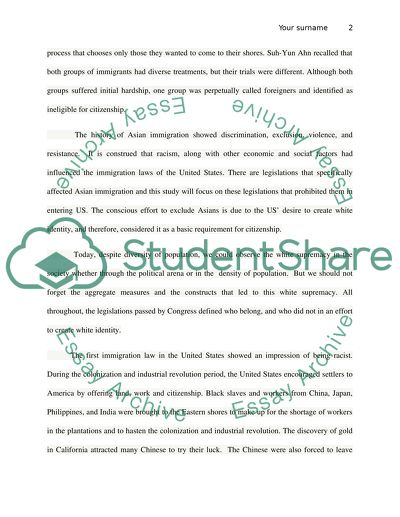Cite this document
(“Effect of designation aliens ineligible for citizenship on Asian Research Paper”, n.d.)
Retrieved from https://studentshare.org/history/1396608-research-paper
Retrieved from https://studentshare.org/history/1396608-research-paper
(Effect of Designation Aliens Ineligible for Citizenship on Asian Research Paper)
https://studentshare.org/history/1396608-research-paper.
https://studentshare.org/history/1396608-research-paper.
“Effect of Designation Aliens Ineligible for Citizenship on Asian Research Paper”, n.d. https://studentshare.org/history/1396608-research-paper.


